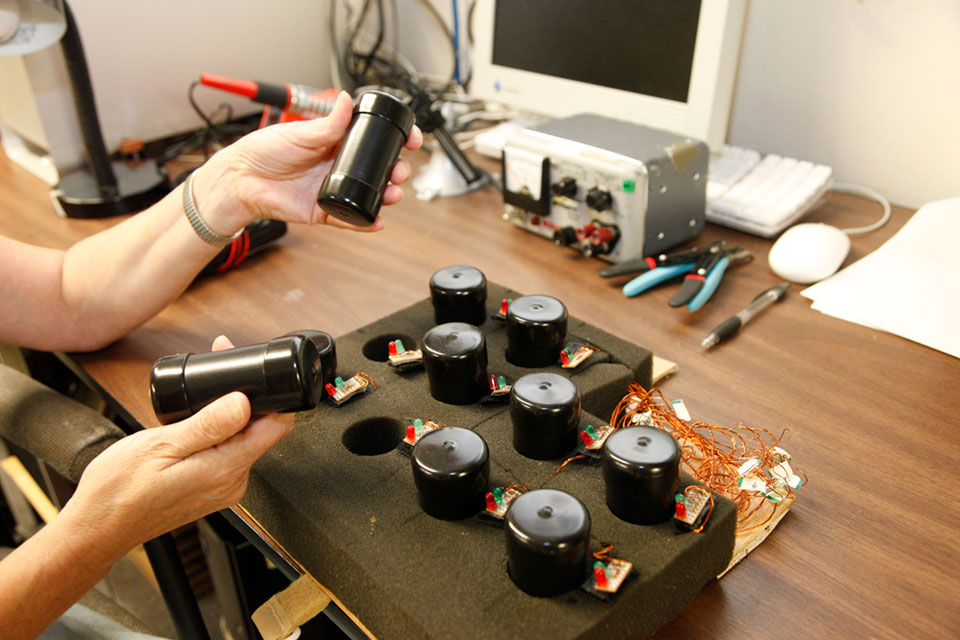Weight Discrimination

The study of how people perceive the weight of a manipulated object has a long history in experimental psychology. Scientists have determined that the ability to discriminate between two slightly different weights is precise when the hand rests passively on a table and the objects are successively placed on it, and discrimination is always more exact if the weights are actively lifted.
The reduced precision of passive “weighing” relative to active hefting is puzzling because the later involves a more complex sensory decoding task — the central nervous system (CNS) must separate sensory cues produced by the weight of object and the weight of the arm itself.
Our main goal is to better understand what “knowledge” the CNS maintains about one’s own arms in healthy adults and in certain clinical populations, and how this awareness is formed in children when the weight of their arm changes with rapid growth.
Ultimately, we want to understand the cortical representation of the arm and hand and how it influences general motor performance, in healthy and in clinically impaired children and adults, as well as in unusual environments such as space flight where — in zero-G — not weight but mass assessment takes place.